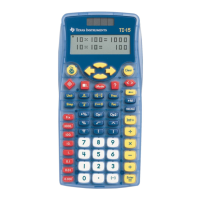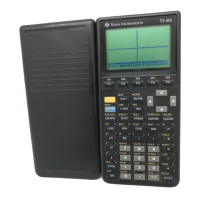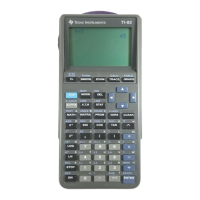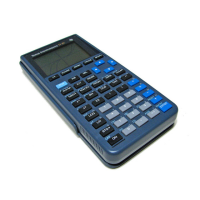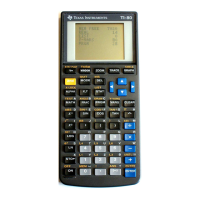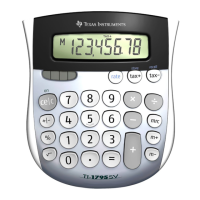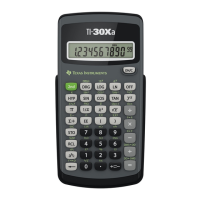Data Collection and Analysis 719
Setting a Time Based collection mode
The Time Based option captures data with respect to time. This is the
default mode for new experiments.
To set the collection mode as Time Based:
1. Select Experiment > Collection Mode > Time Based.
The Configure Time Based Data Collection dialog box opens with
either Interval or Rate selected. (It uses your previous settings as the
opening value.)
2. Select
Rate or Interval mode from the drop-down menu.
Rate and Interval are used to determine how often data points are
collected. For convenience, you have two methods in which to enter
this information. Rate and Interval are simply reciprocals of each
other.
• Rate (samples/second): Enter the number of samples per second.
The interval is calculated.
• Interval (seconds per sample): Enter the number of seconds per
sample. The rate is calculated.
3. Enter the rest of values in the Configure Time Based Data Collection
dialog box.
• Duration (seconds): Enter the duration that the data collection
should last.
•
Number of points: This is a calculated field. Review this value to
ensure your rate and duration are reasonable. This value is
determined by the formula, Rate * Duration + 1.
Important: Collecting too many data points impacts system
performance.
or
Rate (samples/second)
Interval (seconds/sample)
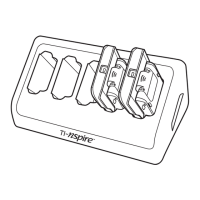
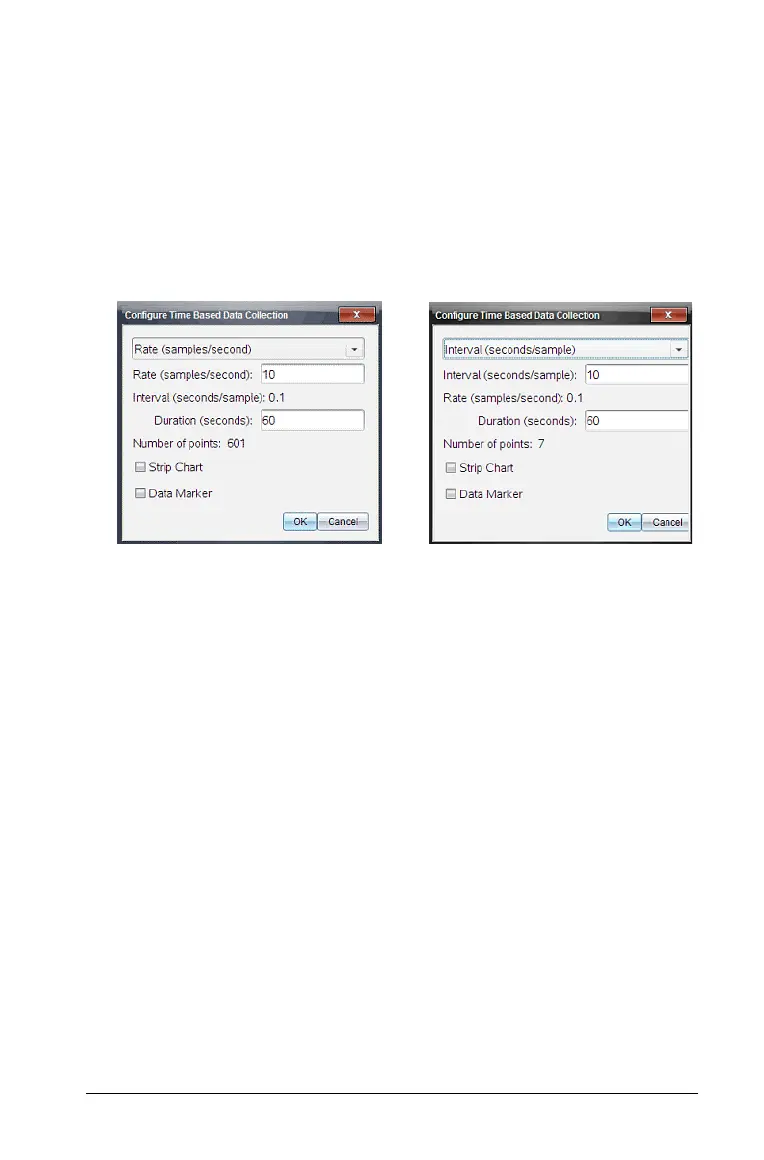